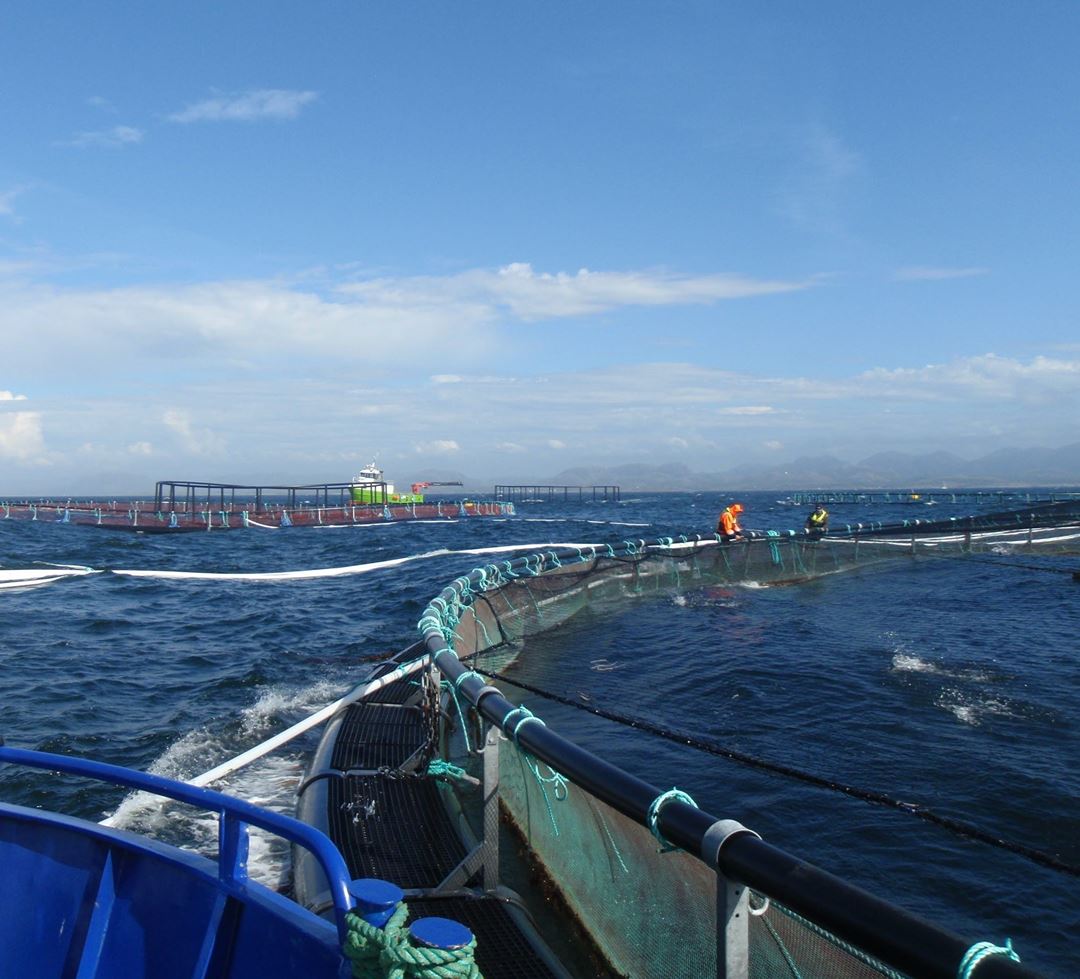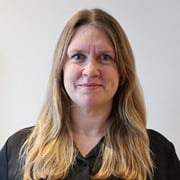In the period from 1982 to 2015 34 people working in aquaculture related activities died. Statistics also show a great deal of major and minor accidents that have resulted in injury. Regarding the employees' perception of their own health status, we know little.
The primary objective of this project is to provide knowledge about the current situation regarding health, safety and work environment for production site workers in the Norwegian aquaculture industry, and how to reduce risks in marine operations by building safety barriers into procedures, systems and technology. The aim is to reduce the probability for and the consequences of operational and human errors.
Secondary objectives are:
- Study the current health, safety and work environment status as perceived by fish farm workers.
- Study the relationship between environmental conditions, workload, workers' performance and work-related health problems.
- Identify organizational factors, which influence safety levels at the fish farms and gain an understanding on how to mitigate risks.
- Specify objective requirements/recommendations on how to design, test and evaluate procedures and technology for safe and efficient aquaculture operations, based on the knowledge gained.
The industry struggles to implement effective means to prevent escape of fish and occupational accidents. This project will provide knowledge on how sustainability, cost efficiency and predictability can be ensured by focusing on safe workplaces at the production sites, organizational issues and reduction of risks through design of new technology.
An interdisciplinary approach will be applied to achieve the goals of the project. The starting point of this project is to study the characteristics of the fish farmers' work environment, the workers' role in the value chain of cost-efficient production of high quality fish, and how organizational factors influence the safety performance at the fish farms. This will form the basis for the development of design principles to be used by manufacturers to build safety barriers into the products, and by fish farming companies in the process of testing and evaluating new equipment or work procedures. The theoretical perspectives are based on the understanding that technical, human and organizational factors should be seen as complementary safety indicators.
This project will be carried out in collaboration between SINTEF Fisheries and Aquaculture, SINTEF Technology and Society, Dept. for Health Research and NTNU Social Research, Studio Apertura. International experts will be invited as scientific advisors and master students are to be recruited to the project. An industry reference group is established to ensure industry relevance and communication with key users. The project is funded by the Research Council of Norway.


